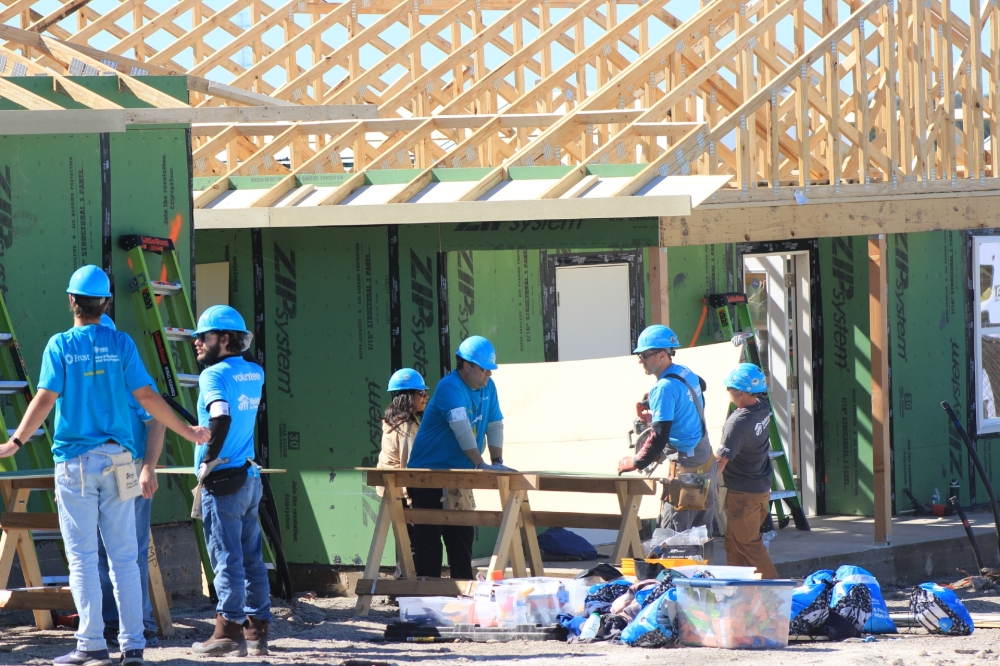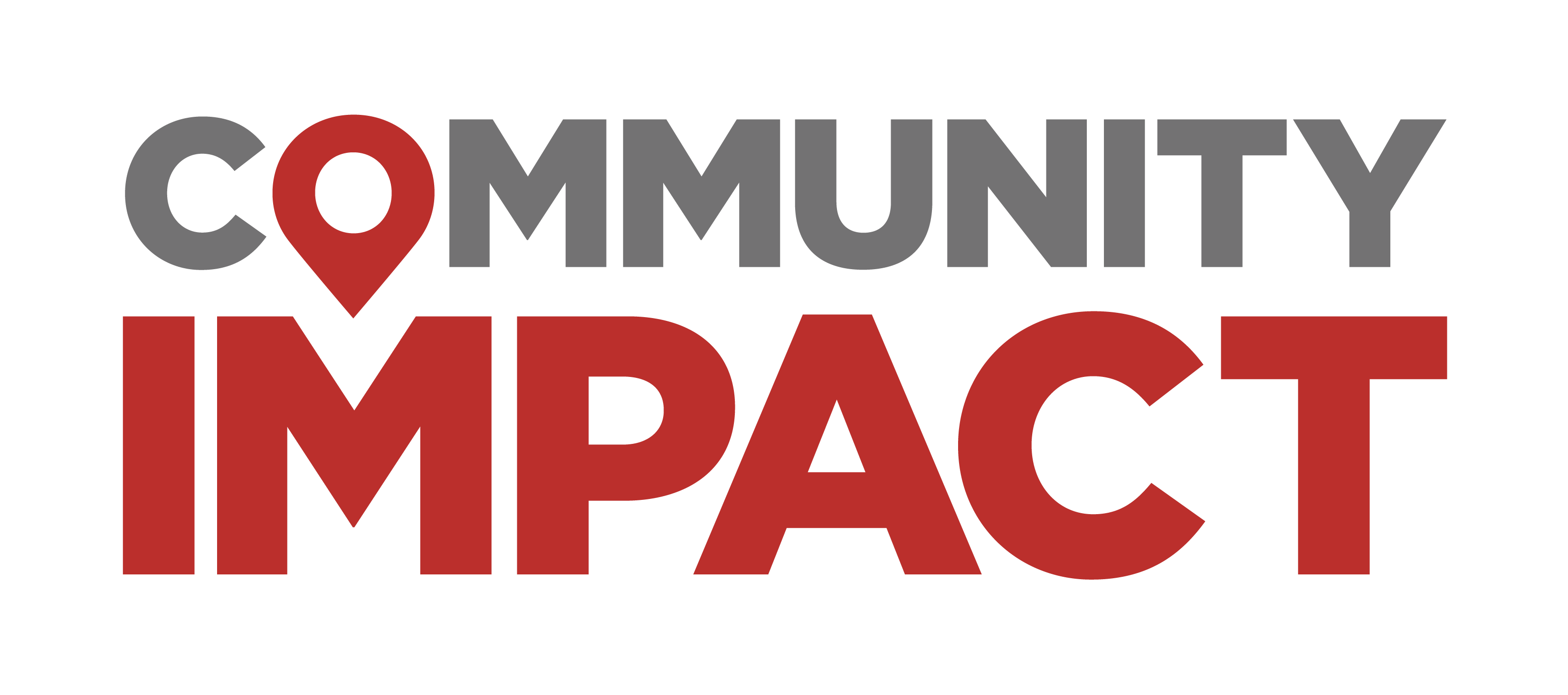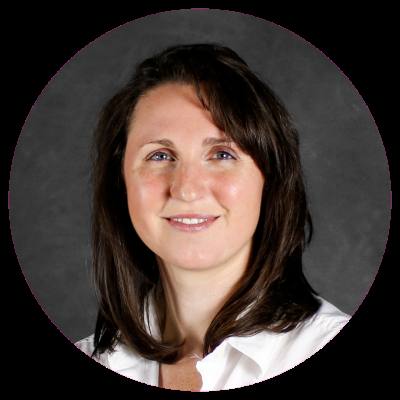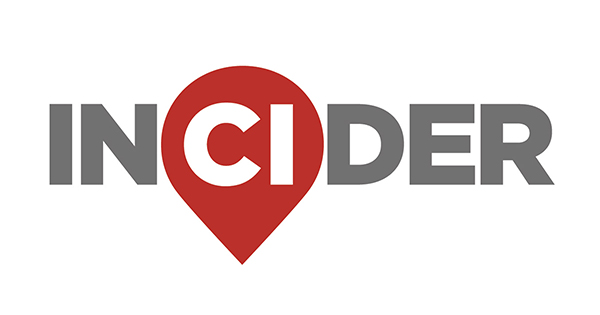Built with durable materials and incorporating energy saving design features, the homes built in Whisper Valley, just east of Lake Walter E. Long, are geared to save homeowners energy costs while protecting the environment, Travis County Judge Andy Brown said.
“Here in Whisper Valley, we're seeing what the future of housing can look like. These homes are designed to be affordable, not just for today but for years to come,” Brown said. “... It's proof that affordability and sustainability can go hand in hand.”
What’s happening?
Austin Habitat for Humanity has launched a multiyear project to construct hundreds of affordable homes across the region, starting with the construction of 25 homes in one week within the Whisper Valley community.
The week of building is part of Austin Habitat’s seven-year plan to construct a minimum of 75 homes annually. The first phase of construction also marks the organization being selected for this year's international Jimmy and Rosalynn Carter Work Project site, a 40-year initiative that has built thousands of homes across 14 countries.
Angel Leverett, director of marketing and communications for Austin Habitat, previously told Community Impact that Austin Habitat has been able to scale up affordable housing options throughout the Austin area over the last decade. The agency bought 48 lots in Whisper Valley, with 25 of those lots specifically dedicated to the Carter Project, she said.
“The goal is to be the affordability partner for Whisper Valley. And with that, [in the future] we have the opportunity to build over 750 homes here,” Leverett said.
Previously, the agency built around 25 homes a year; however, moving into 2025 that number is set to increase dramatically. By the end of the year, Habitat expects to see 91 new homes built across the region and roughly 100 homes annually in years following, said Wayne Gerami, chief operating officer at Austin Habitat.
Additionally, these homes are designed to remain affordable long term by using efficient materials and limiting property taxes to the home's resale-restricted value—not full market value—which can save families thousands of dollars annually.
The why
Austin Habitat CEO Michele Anderson said that while the region is growing fast, the reality is that income growth hasn't kept pace with the rising home prices.
“The dream of homeownership is slipping further out of reach,” she said.She said Habitat for Humanity works to provide individuals equity through housing. During the initial Whisper Valley announcement, Anderson also noted that the benefits of homeownership go beyond having a place to sleep.
Social determinants of health have been linked to improve as families acquire a home, she said.
Local resident and Habitat homeowner Paula Niemeyer said she nearly had to leave Austin and her career in music because the area had gotten too expensive. She explained that Austin Habitat helped her buy the home she lives in today.
“I didn’t feel like a second-class citizen. ... We felt special," Niemeyer said. "It’s not a cookie cutter type situation. [Habitat] works with each family."
She explained that the entire process took a couple of years and a lot of volunteer hours, but said she is thankful for the experience.
“I love my neighbors. It is a very diverse community. I love diversity,” Niemeyer said. “We got to build their houses; they got to build our houses. I feel very safe because everybody that lives there.”
Local action taken
Travis County commissioners first set aside $1.9 million on Jan. 28 for Austin Habitat for Humanity to help build affordable homes in eastern Travis County.
On Oct. 7, commissioners approved final negotiations for the funding. The plan calls for 25 homes to be built in 2025 and the remaining 23—48 in total—to be completed in 2026.
According to county documents, the project could provide affordable homeownership opportunities for up to 200 people, depending on household size.
County staff identified the funding through the Capital Economic Progress Corporation, using fees collected from the Public Improvement District Community Benefit Fee.
Additionally, around 200 county employees—including several county commissioners—participated in the weeklong build, a county spokesperson said.
Items worth mentioning
The new habitat homes will join the growing Whisper Valley community, by developer Taurus Development Group.
The single-family homes will begin around 1,400 square feet and match the surrounding neighborhood’s design and aesthetic.
"You can’t even tell the difference," Leverett said, emphasizing the community's equality across various income levels.
Described as a “very unique community” by Whisper Valley Managing Director Douglass Gililland, the 2,000-acre development is among the largest sustainable communities in the country, he said.
“We are building zero-energy capable homes here. We're using the natural temperatures of the earth and transmitting it through what we call 'geo grids,'” Gililland said during the initial Whisper Valley announcement. “We're using geothermal energy for the first time in a large-scale community in the United States.”
In addition, most of the homes in the community are outfitted with solar panels.
“Why is that important? It saves people money, and affordability is the No. 1 issue right now in Austin,” Gililland said.
The property also includes a variety of healthy lifestyle amenities, including a 600-acre park twice the size of Zilker with trails, dog parks and a fitness center.

The first 25 homes in Whisper Valley are expected to see homeowners move in as early as spring 2026, while more homes will be built in later phases.
The new Whisper Valley homes are expected to be listed for under $230,000 through Austin Habitat’s New Home Construction Program. All prospective partner families must meet the agency's minimum qualifications to participate in this program. Requirements include:
- U.S. citizens or legal permanent residents
- A credit score of 620 or higher
- Ability to pay a mortgage
- Meet the income requirements
- Must live and work in the service area for the past six months
- Must be a first-time homebuyer






